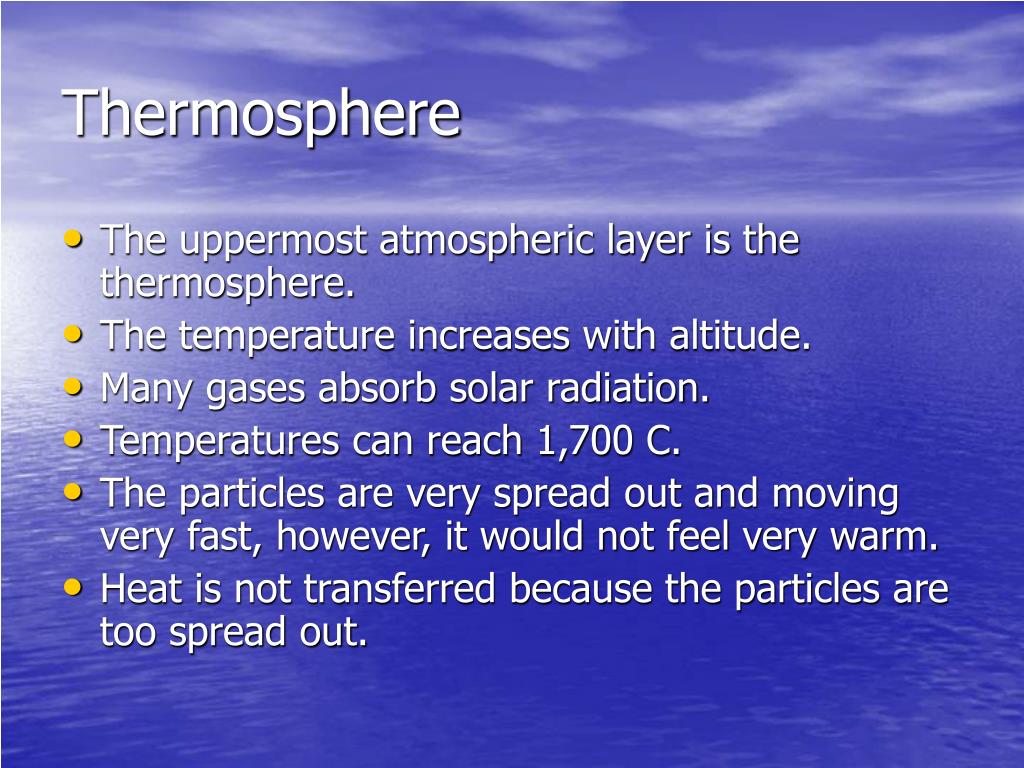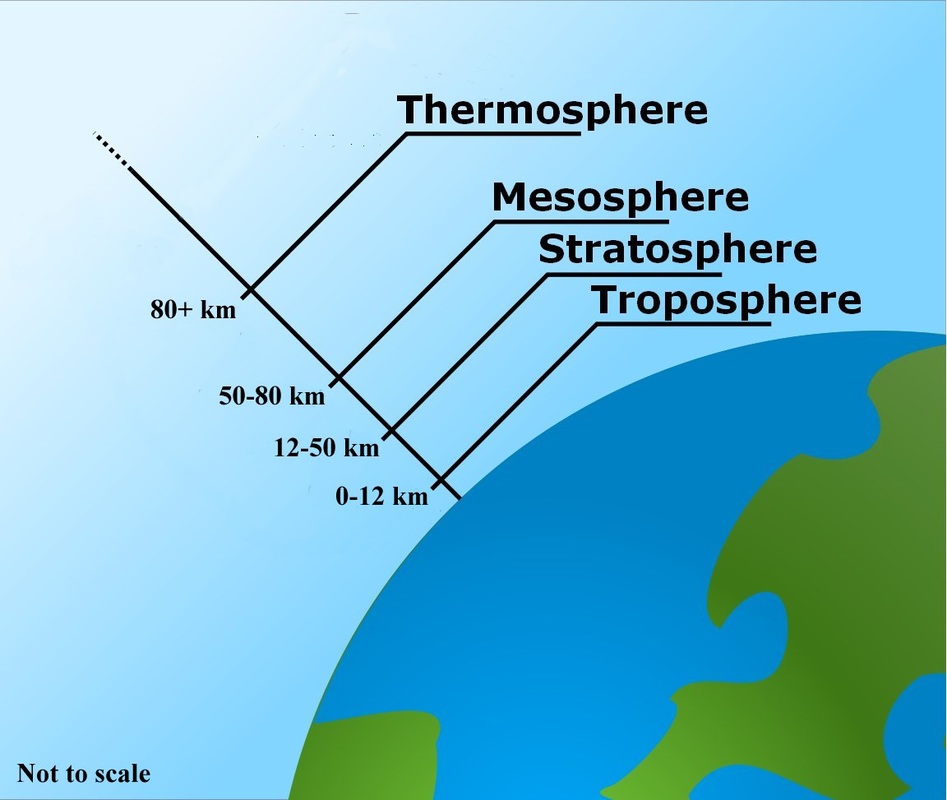

A strengthening of the stratospheric polar vortex, on the other hand, tends to exert a downward influence in an opposite manner, towards the positive phase of the NAO 15.

In the Northern Hemisphere (NH), SSWs occur on average every other year and often lead to persistent blocking over Greenland associated with the negative phase of the North Atlantic Oscillation (NAO) 12, 13, altering surface weather for weeks to months 14. The downward influence of polar vortex anomalies on the lower stratosphere can modulate the circulation in the troposphere. The QBO has local influences on the tropical tropopause layer and a remote influence on mid-latitude surface climate via modulations of extratropical wave propagation 11.

The Brewer–Dobson circulation exerts a direct influence on the temperature of the tropical tropopause and the amount of water vapor entering the stratosphere 10, which in turn impacts surface climate though radiative changes. The stratospheric circulation can exert influence on the surface climate in myriad ways. The extratropical stratosphere can also reflect upward propagating planetary-scale waves back downward 9, with subsequent surface impacts. The vortex may also intensify and cool in “strong vortex events.” In turn, changes in the polar stratospheric circulation influence the propagation of waves, allowing the circulation anomalies to descend to the lower stratosphere and persist for months due to slow radiative recovery times at those levels. A particularly striking example of such a sudden change manifests as a “sudden stratospheric warming” (SSW) 8, in which the polar vortex winds rapidly slow and the polar stratosphere warms. The polar vortex is strongly modulated by vertically propagating planetary-scale waves, sometimes leading to rapid changes. The stratospheric circulation consists of three large-scale features as follows: (i) the stratospheric meridional overturning circulation (i.e., the “Brewer–Dobson circulation”) 5, which transports mass from the tropical to the extratropical stratosphere on timescales of months to years (ii) the Quasi-biennial Oscillation (QBO) 6, characterized by periodic (roughly 28 months) descending easterly and westerly equatorial jets driven by tropical Kelvin and Rossby-gravity waves (iii) The stratospheric polar vortex 7 (hereafter, polar vortex), a circumpolar westerly jet that forms in autumn, peaks in strength in winter, and decays again in spring. The stratosphere exhibits an overall slower evolution and longer predictability as compared to the troposphere 4, and a downward influence from the stratosphere can thus contribute to persistent and predictable changes at the surface on timescales of weeks to years. Although a range of surface components of the coupled ocean-atmosphere system have been identified as sources of predictability on sub-seasonal to decadal timescales, i.e., for weeks to decades 2, another potential source of predictability arises from the stratosphere 3 at 10–50 km above the Earth’s surface. There is increasing demand for skillful prediction of weather impacts, especially for lead times beyond regular weather forecasts of 7–10 days 1. With a better understanding of stratosphere-troposphere coupling, it may be possible to link more tropospheric extremes to stratospheric forcing, which will be crucial for emergency planning and management. A better understanding of the vertical coupling in the atmosphere, along with improved representation in numerical models, is therefore expected to help predict extreme events on timescales from weeks to decades in terms of the event type, magnitude, frequency, location, and timing. These extreme events include cold air outbreaks and extreme heat, air pollution, wildfires, wind extremes, and storm clusters, as well as changes in tropical cyclones and sea ice cover, and they can have devastating consequences for human health, infrastructure, and ecosystems. Our synthesis of studies on the coupling between the stratosphere and the troposphere reveals that the stratosphere also contributes substantially to a wide range of climate-related extreme events. Since the stratospheric circulation evolves more slowly than that of the troposphere below, it can contribute to predictability at the surface. The stratosphere, the layer of the atmosphere at heights between 10-50 km, is an important source of variability for the weather and climate at the Earth’s surface on timescales of weeks to decades.


 0 kommentar(er)
0 kommentar(er)
